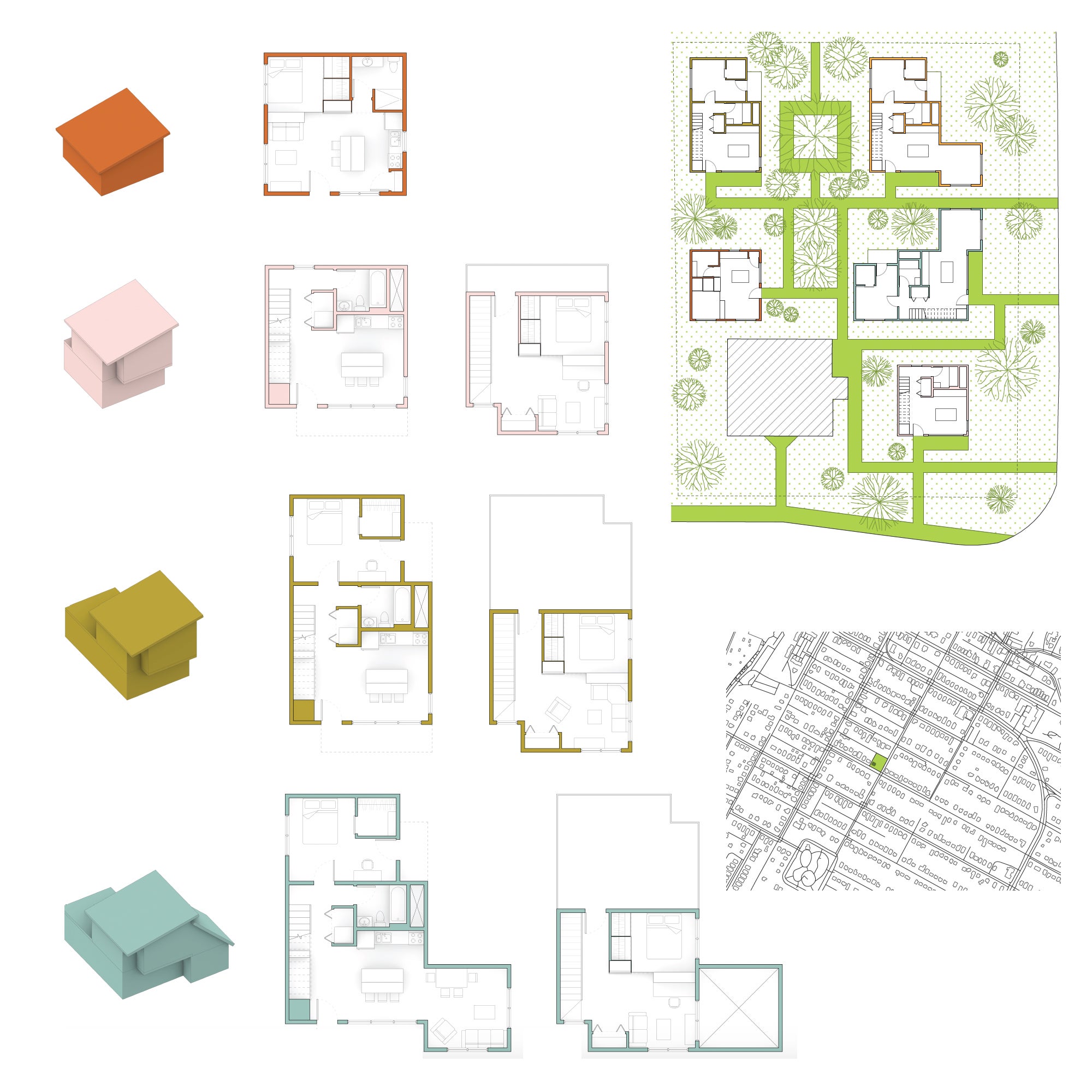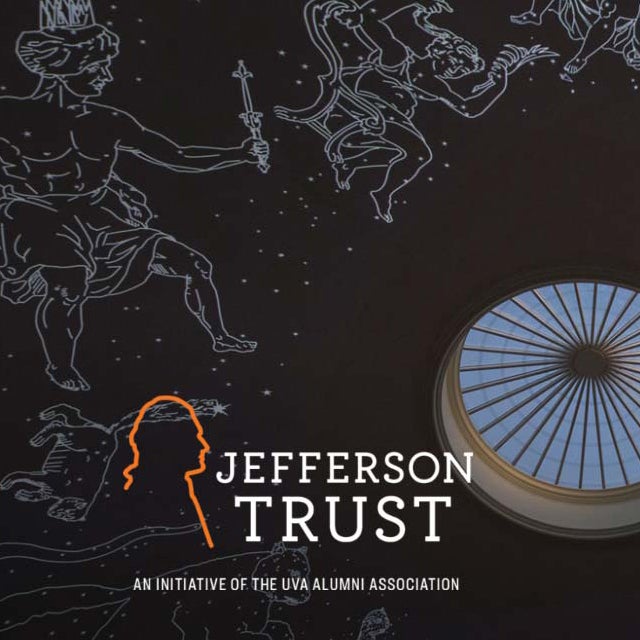
The Poetics of Immanence: UVA in China Summer Program Returns After Six Years

Chinese gardens in the Jiangnan region offer a genuine alternative to the prevalent conception of architecture rooted in the Greek intellectual tradition. With a distinctive language and culture of poetics, Chinese thought, aesthetic sensibility, and conception of the built environment use much less mathematical and geometrical abstraction and much more the qualities of things as themselves in design, compared with the Greek tradition.
In Summer 2025, with the theme of “The Poetics of Immanence,” Professors Shiqiao Li and Esther Lorenz brought a group of UVA students to Shanghai, Suzhou, and Hangzhou to experience and explore what this alternative architectural tradition can mean. They visited and immersed themselves in the study of the gardens in Suzhou and the West Lake in Hangzhou and creatively developed approaches of visualization for their findings. Students engaged in presentations and discussions on their evolving work with the faculty and students at Tongji University in Shanghai, Suzhou University of Science and Technology in Suzhou, and the China Academy of Art in Hangzhou. They visited and learned from traditional craftsmen at Suzhou Garden Group and Xiangshan Association.
Over the course of the trip, participants experienced numerous contemporary architecture and landscape projects that reinvent the Chinese building tradition. They also engaged in conversations with leading practitioners at their project sites or in their offices. This comprehensive learning experience—from studying canons of Chinese thought and literature such as Daodejing and Dream of the Red Mansion to learning the skills of craftsmen—brought a deep sense of cultural and architectural diversity, a productive space for dialogue important to engage with today’s challenges in the design fields of the built environment.

A Return to China
After a six-year hiatus, the School of Architecture's China summer program returned as a vital platform for cultural and intellectual exchange—an opportunity for students to immerse themselves in an architectural and landscape tradition that engages poetics, craft, and philosophy in equal measure. For Miki Li (BS Arch ’27), joining the program had long been a personal goal. “I’ve always been deeply inspired by Chinese architecture and hoped to take a course that focused specifically on architectural traditions in Asia,” she said. “When I saw that this year’s program centered on Suzhou gardens, I was immediately intrigued—it was a topic that felt both unfamiliar and full of possibility.”
For Agustín Cruz (MARH ’26), the program represented an extension of academic research already underway. After writing about sacred space in both European and Asian contexts for a course with Professor Li, Cruz sought to explore how ideas of nature, spirituality, and built form differ between traditions. “Professor Li suggested that the China program would be a good experience as it would expose me to both traditional, historic Chinese gardens and to contemporary design,” Cruz recalled.

In Suzhou and Hangzhou, students encountered landscapes that blur the distinction between artifice and nature—environments that unfold slowly through movement and perception. “Being in the gardens changed my understanding of design fundamentally,” said Miki Li. “Architecture isn’t only about floorplans and sections; it’s about how space feels and unfolds through experience. The gardens offered a human-scaled intimacy, an atmosphere that invited reflection.”
Her research focused on pathways within classical Chinese gardens, which she came to see not just as circulation routes but as “tools for storytelling.” She explained:
“Meandering paths conceal and reveal in a rhythmic choreography, encouraging the visitor to move slowly and observe closely. Each turn, pause, and threshold becomes a line in a spatial poem or a brushstroke in a scroll painting.”

The program’s cross-cultural exchanges deepened these insights. While working alongside students at Suzhou University of Science and Technology, Miki Li found friendship and generosity that extended beyond the academic. “They made sure each of us felt safe and comfortable,” she said. “When I asked one student why they were being so kind, they said we were guests and they wanted to leave a good impression—for their university and for China. That hospitality left a deep impression and reminded me how powerful human connection can be across cultures.”
Miki Li and Agustín Cruz returned from China with renewed ways of seeing and representing architecture. In her creative work, Li developed what she described as “a non-linear visual map,” layering spatial transitions and emotional impressions rather than producing traditional plans or sections. “Each drawing became a kind of spatial memoir,” she said, “a visual poem composed from structure, movement, emotion, and philosophy.”
For Cruz, the experience reframed his approach to architectural history. “I’ll be more cognizant of local approaches to and understandings of the built environment,” he reflected. “It’s a given that any country’s unique history and culture affect why, what, and how it builds, but until you’re in the proverbial thick of it, you can’t appreciate the subtle differences that have such profound impacts.”

The Poetics of Immanence exhibition, featuring student work from the 2025 UVA in China summer program, is on view at the School of Architecture, October 17–November 20. Join Professors Shiqiao Li and Esther Lorenz for a gallery talk on November 3.
Program Directors
Shiqiao Li and Esther Lorenz
Students
Nolan Brennan (MArch '26 + MLA '26)
Nicholas Ching (BS Arch '27)
Agustín Cruz (MARH '26)
Sarah Federico (BS Arch '28)
Dima Hamza, (BS Arch '27)
Matias Hendi (MArch '25)
Miki Li (BS Arch '27)
Gordon Miller (MArch '26)
Devlin Patton (MArch '27)
William Riedlinger (MLA '27)
Iliana Rong (BS Arch '27)
Xavier Smith (BS Arch '27)
Sara Soba (MLA '27)
Funding Support
Weedon Foundation


